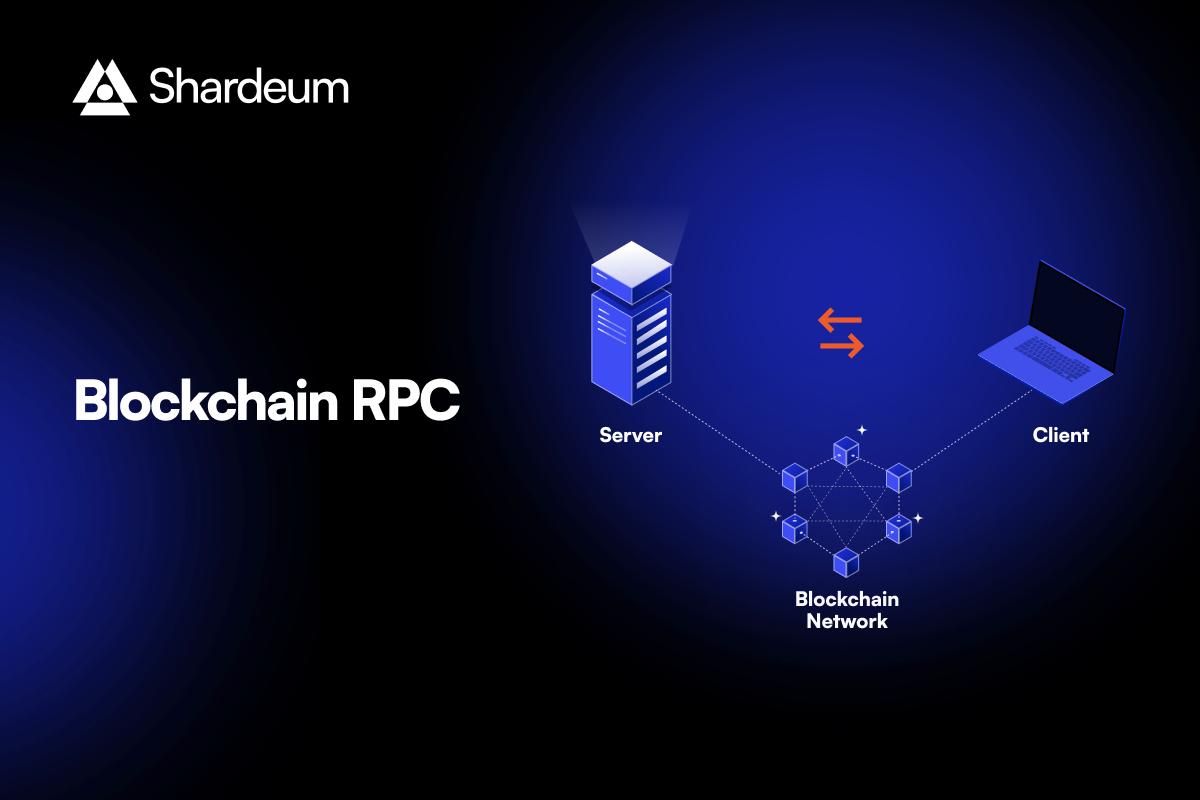Blockchain developers have to make all kinds of decisions when considering the infrastructure and tooling they use, and one of the most crucial regards their choice of API model.
Communication protocols are crucial for blockchain nodes to interact with one another, so they can transmit information, validate and process transactions in concert. Most developers rely on a combination of protocols including TCP/IP, HTTP WebSocket, and either Remote Procedure Call (RPC) or Representational State Transfer (REST) APIs.
Differences Between RPC & REST
The choice of RPC or REST API is one of the key considerations that blockchain developers must weigh up, prior to getting started on building any decentralized application. RPC enables clients to directly invoke functions or procedures on a remote server, while REST utilizes stateless communication via HTTP methods including DELETE, GET, POST and PUT. Whereas RPC provides a procedural approach to API calls, REST is more resource-oriented. As such, RPC is considered to be more tightly coupled, supporting direct function calls, while REST emphasizes looser coupling and higher scalability.
RPC APIs have become widely used by blockchain developers as they enable programs to execute code on remote systems. This means blockchain nodes can communicate in a more seamless way, streamlining interactions across the network.
As such, RPC is often the API of choice for tasks such as querying blockchain data, submitting transactions and network node management. Developers can choose from a wide range of RPC libraries and APIs that allow them to interact with nodes in a programmatic way, supporting tight integration with external systems and automation.
On the other hand, REST's resource-oriented architecture and stateless communication model can support simpler and more scalable communications between blockchain nodes. RESTful blockchain infrastructures expose resources such as transactions, smart contracts and blocks as uniform resource identifiers or URIs, and perform interactions using standard HTTP procedures.
With REST APIs, developers can take advantage of a more standardized and modular way of accessing blockchain data, which may make it easier to build some kinds of decentralized applications. REST APIs also simplify the process of integrating blockchains into existing apps.
RPC vs REST: Considerations For Blockchain
Developer's choice of API is usually based on their performance, compatibility and security requirements, as well as the user experience they're looking for. In general, the consensus among developers is that RPC APIs facilitate direct invocation of functions and support more efficient data serialization, making it more performant overall. On the other hand, REST APIs offer a standardized, and therefore simpler approach that can usually scale more efficiently.
Performance considerations including throughput, latency and resource utilization are key because every blockchain transaction needs to be processed quickly and verified accurately. RPC comes out on top, with its direct communication model translating to higher throughput and lower latency in most use cases, especially for dApps that must process real-time interactions and frequent method calls.
Thanks to its standardized HTTP protocols, REST offers wider compatibility with a more diverse set of programming languages and computing platforms. This can make it a better option for dApps that require multi-language support.
Strong security is another essential requirement for blockchain communications, which frequently transfers and processes sensitive information and valuable digital assets. The main considerations here include encryption, data integrity, authentication and authorization. RPC APIs often utilize authentication mechanisms such as API Keys or basic access authentication, while REST APIs are reliant on token-based authentication procedures.
Which API Is Best?
Ultimately, the choice between RPC and REST APIs depends on the project's requirements and any constraints the developer may face. For dApps that demand real-time interactions, low-latency transactions and tight coupling with existing systems, RPC is usually the preferred choice. But if broader compatibility and interoperability are paramount, then REST's more standardized architecture may be more suitable.
At the end of the day, the choice of API is a trade-off between performance, security, compatibility and the developer experience. Developers therefore need to evaluate the requirements and constraints of their project in order to decide whether RPC or REST is preferable.
Disclaimer: This article is provided for informational purposes only. It is not offered or intended to be used as legal, tax, investment, financial, or other advice.


